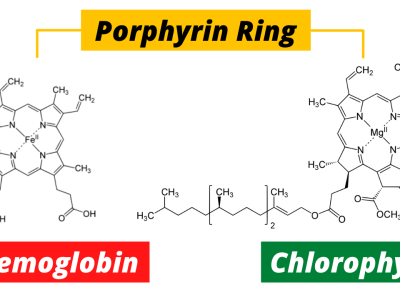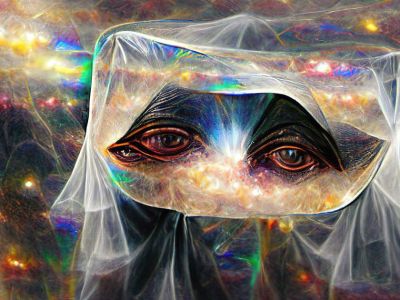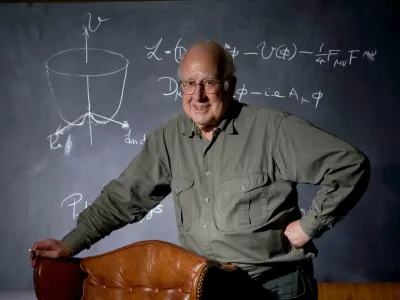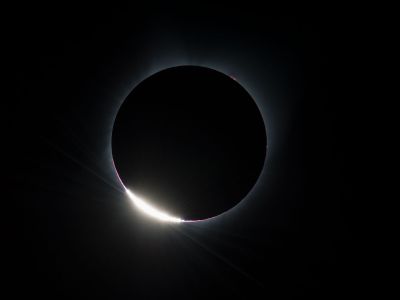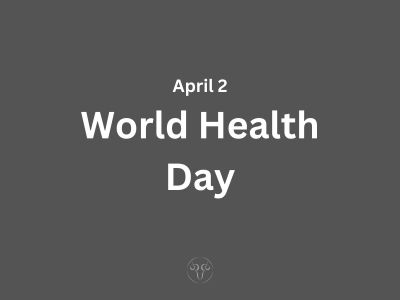Psychedelic - Things About Psychedelics
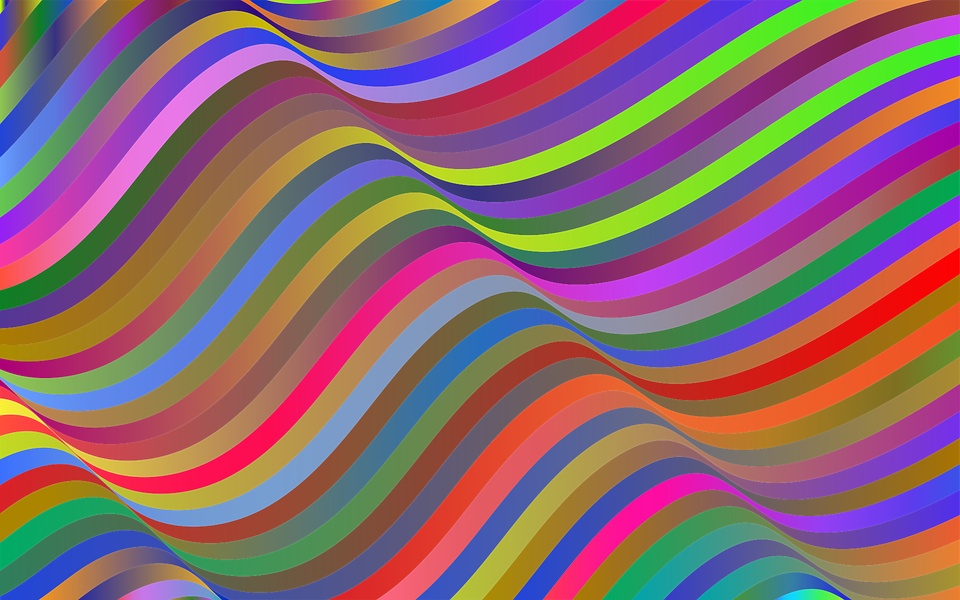
Psychedelics are drugs which change the cognitive interpretation of world. They are usually meaning altering psychoactives unlike fasten or slower drugs like stimulants or depressant. If you want to change very meanings you are living with this is the thing.
Although the precise nature of how psychedelics induce changes in perception and cognition via the 5-HT2A receptor is still unknown, a decrease in default mode network activity and an increase in functional connectivity between brain regions as a result may be one of the most relevant pharmacological mechanisms. Compounds that bind to serotonin 5-HT2A receptors modulate the activity of key brain circuits involved with sensory perception and cognition.
What is Psychedelic?
Alternative states of consciousness are primarily induced by psychedelics, a subclass of hallucinogenic medications (known as psychedelic experiences or trips). Specific psychological, visual, and auditory changes are brought on by this, along with frequently a significantly changed state of awareness. Psychedelic states are sometimes contrasted with transcendental, psychodynamic, or contemplative sorts of mental modifications. Mescaline, LSD, psilocybin, and DMT are considered the "traditional" psychedelics since they have had the most significant impact on science and culture.
What is Etymology of Word and when word ‘Psychedelics’ coined?
In a written exchange with novelist Aldous Huxley, psychiatrist Humphrey Osmond invented the term "psychedelic," which he later presented to the New York Academy of Sciences in 1957. The phrase "mind manifesting" is derived from the Greek terms, psych,'soul, mind,' and, v, dlen, 'to manifest,' with the suggestion that psychedelics can unleash the mind's untapped potential. When US Army scientists were experimenting with LSD in the 1950s, they first used the term "trip" to describe the experience.
What is the Classification of Psychedelics?
Psychedelics are psychotropic substances which are classified as subclass of hallucinogens and psychotropic substance. All psychedelics are usually hallucinogens but all hallucinogens are not psychedelics.
What are the popular types of psychedelics?
Tryptamines, phenethylamines, and lysergamides are the three chemical families into which most psychedelic drugs fit, and many of these drugs function by antagonising the serotonin 2A receptor.
Tryptamine
Mammal central nervous systems include tryptamine as well as other trace amines. The classical monoamine neurotransmitters dopamine, serotonin, and norepinephrine are thought to be neuromodulated by it (epinephrine). Tryptamine functions as a serotonin-norepinephrine-dopamine releasing agent (SNDRA), a non-selective serotonin receptor agonist, and a serotonin-norepinephrine-dopamine receptor agonist to activate serotonin receptors. It preferentially stimulates the release of dopamine and serotonin over norepinephrine. Psilocin, DMT, and 5-MeO-DMT are examples of psychedelic tryptamines that can be found in nature, whereas 4-HO-MET, 4-HO-MiPT, and 5-MeO-DALT are examples of tryptamines that have been created in laboratories.
Phenethylamines
In the human central nervous system, phenethylamine, which is likewise a trace amine, functions as a neurotransmitter to a lower level (CNS). Instead, phenethylamine controls monoamine neurotransmission by interacting with the trace amine-associated receptor 1 (TAAR 1), which is important for controlling the neurotransmission of dopamine, norepinephrine, and serotonin neurons in the central nervous system. This binding also prevents the vesicular monoamine transporter 2 (VMAT 2) from functioning in monoamine neurons. Monoamine neurotransmitters, such as dopamine, cannot enter the synapse by usual release processes when VMAT 2 is blocked. Mescaline is a naturally occurring substituted phenethylamine class hallucinogenic protoalkaloid.
Lysergamides
Lysergamides, also known as lysergic acid amides, are a class of chemicals that have strong agonist and/or antagonist activity at certain serotonin and dopamine receptors. Although it is classified as a complex tryptamine, lysergamides have both tryptamine and phenethylamine structure. One of the many lysergamides is LSD (Lysergic Acid Diethylamide). In recent years, a wide variety of lysergamides have appeared, influenced by the body of scientific literature. Through chemical study, others have emerged. A homolog of ALD-52 and a functional analogue of LSD, 1P-LSD is a derivative of LSD. It alters the LSD molecule by incorporating a propionyl group onto the indole's nitrogen atom.
What are sources of psychedelics?
Some of the popular natural sources of psychedelics are
Ergot fungus
The ergot fungus creates lysergic acid, also known as d-lysergic acid and (+)-lysergic acid, which is present in the seeds of Turbina corymbosa (ololiuhqui), Argyreia nervosa (Hawaiian baby woodrose), and Ipomoea tricolour. Lysergic acid is a precursor for a variety of ergoline alkaloids (morning glories, tlitliltzin).
A wide variety of species in the animal and plant kingdoms, including humans, produce phenethylamine. It is also produced by some fungi and bacteria (genera: Lactobacillus, Clostridium, Pseudomonas, and the family Enterobacteriaceae), and at high concentrations, it has potent antimicrobial properties against specific pathogenic strains of Escherichia coli.
Peyote
A little, spineless cactus known as the peyote (/peoti/; Lophophora williamsii /lffr wliaemzia/) contains hallucinogenic alkaloids, mainly mescaline. The Spanish name peyote comes from the Nahuatl word peytl, which means "caterpillar cocoon" and is derived from the verb peyni, which means "to shine." Southwest Texas and Mexico are the original home of peyote. The Sierra Madre Occidental, the Chihuahuan Desert, and the states of Nayarit, Coahuila, Nuevo León, Tamaulipas, and San Luis Potos are where it is most frequently discovered among scrub. It blooms between March and May, and occasionally as late as September. The pink flowers have thigmotactic anthers (like Opuntia).
Tryptamine
Mamalian Brain and guts: Less than 100ng of tryptamine per gram of tissue are found in the mammalian brain as endogenous levels. However, people with specific neuropsychiatric diseases, such as bipolar depression and schizophrenia, have been found to have higher amounts of trace amines. The intestines and excretions of both humans and rats contain a fair amount of tryptamine. Tryptophan decarboxylase, which is produced by commensal bacteria like Ruminococcus gnavus and Clostridium sporogenes in the gastrointestinal system, aids in the conversion of dietary tryptophan to tryptamine. Tryptamine maintains gastrointestinal electrolyte homeostasis through colonic secretions and is a ligand for gut epithelium serotonin type 4 (5-HT4) receptors.
Psilocybin Mushrooms
Magic mushrooms, also referred to as psilocybin mushrooms, are a polyphyletic informal group of fungi that contain psilocybin, which when consumed transforms into psilocin. The biological genera Copelandia, Gymnopilus, Inocybe, Panaeolus, Pholiotina, Pluteus, and Psilocybe all include psilocybin mushrooms. Indigenous New World societies have used psilocybin mushrooms for spiritual, religious, and divinatory purposes for a long time. Additionally, psilocybin mushrooms are utilised recreationally. However, they are most famously represented in the Pre-Columbian sculptures and glyphs found throughout North, Central, and South America. They may also be observed in Stone Age rock art in Africa and Europe.
Ayahuasca
Ayahuasca is a South American psychoactive and entheogenic brewed drink that has historically been utilised by the Amazon basin's indigenous peoples as a ceremonial or shamanic spiritual medicine as well as more recently in Western culture. The tea induces "psychedelic experiences," altered states of consciousness that include visual hallucinations and changed perceptions of reality.
Colorado River Toad
Colorado River toad (Incilius alvarius), formerly known as the Sonoran Desert toad is famous for releasing toxins like bufotennin with psychedelic qualities from glands under its skin.
What are some of the common psychedelics?
Some of the examples of common psychedelics are
LSD: Lysergic acid (LSD or acid) is a product of the hydrolysis of ergotamine to produce lysergic acid. The fungus claviceps purpurea, which mostly infects rye, contains the alkaloid ergotamine. LSD is the archetypal lysergamide and the archetypal psychedelic. Tryptamine and phenethylamine groups are both included in the structure of LSD, making it a lysergamide. LSD is more energising in effect than psilocin, which is not a dopamine agonist, because it agonises both serotonin and dopamine receptors due to the presence of a phenethylamine group, in contrast to psilocin's more sedative effects.
Psilocybin: The active metabolite of the indole alkaloid psilocybin and a substituted tryptamine, psilocin (4-HO-DMT), is generated by more than 200 different kinds of mushrooms. The propensity of all psychedelics to induce mystical experiences, though to varying degrees, has drawn the most academic attention to psilocybin of the classical psychedelics. The acetylated analogue of psilocin is called O-Acetylpsilocin (4-AcO-DMT). Additionally, 4-HO-MIPT and 4-HO-MET are produced when an isopropyl or ethyl group is substituted for a methyl group at the dimethylated nitrogen.
Mescaline: Several kinds of cacti contain the phenethylamine alkaloid mescaline (3,4,5-trimethoxyphenethylamine), the most well-known of which being Peyote (Lophophora williamsii) and San Pedro (Echinopsis pachanoi). Mescaline has similar effects to those of LSD and psilocybin, although it emphasises colours and patterns more.
DMT: DMT (N,N-dimethyltryptamine) is an indole alkaloid found in various species of plants. Traditionally it is consumed by tribes in South America in the form of ayahuasca. A brew is used that consists of DMT-containing plants as well as plants containing MAOIs, specifically harmaline, which allows DMT to be consumed orally without being rendered inactive by monoamine oxidase enzymes in the digestive system. In the Western world DMT is more commonly consumed via the vaporisation of freebase DMT. Whereas Ayahuasca typically lasts for several hours, inhalation has an onset measured in seconds and has effects measured in minutes, being significantly more intense. Particularly in vaporised form, DMT has the ability to cause users to enter a hallucinatory realm fully detached from reality, being typically characterised by hyperbolic geometry, and described as defying visual or verbal description. Users have also reported encountering and communicating with entitites within this hallucinatory state.[44] DMT is the archetypal substituted tryptamine, being the structural scaffold of psilocybin and - to a lesser extent - the lysergamides.
2C-B: 2C-B (2,5-dimethoxy-4-bromophenethylamine) is a substituted phenthylamine first synthesised in 1974 by Alexander Shulgin. 2C-B is both a psychedelic and a mild entactogen, with its psychedelic effects increasing and its entactogenic effects decreasing with dosage. 2C-B is the most well known compound in the 2C family, their general structure being discovered as a result of modifying the structure of mescaline.
What are effects of psychedelics?
The effects of psychedelics can last several hours and vary a lot, depending on the type of psychedelic used.
feelings of euphoria
sense of relaxation and wellbeing
seeing and hearing things that aren’t there
confusion and trouble concentrating
dizziness
blurred vision
clumsiness
fast or irregular heart beat
breathing quickly
vomiting
sweating and chills
Numbness
What is Psychedelic Experience or trips?
A trip, or psychedelic experience, is a momentary altered state of consciousness brought on by the use of a psychedelic drug (most commonly LSD, mescaline, psilocybin mushrooms, or DMT). For instance, a psychedelic experience induced by the use of LSD is known as an acid trip, but a psychedelic experience induced by the use of psilocybin is known as a mushroom trip. A perceived loss of self-identity and changes in normal perception, frequently referred to as mystical experiences, are characteristics of psychedelic experiences. Psychedelics that affect a person’s mental state (psychoactive drugs) can also have varied effects depending on a person’s mood and psychological states (often called the ‘set’) or the environment they are in (the ‘setting’). Being in a good state of mind, with trusted friends and a safe environment before taking psychedelics reduces the risk of having a bad trip.
Bad trips
Sometimes you can experience a ‘bad trip’, which is frightening and disturbing hallucinations. This can lead to panic and unpredictable behaviour, like running across a road or attempting suicide. If you take a large amount or have a strong batch, you are likely to experience negative effects of psychedelics.
Flashbacks
The most common long-term effect of psychedelic use is the ‘flashback’. Flashbacks are a re-experience of the drug and can occur days, weeks, months and even years later. Flashbacks can be triggered by the use of other drugs or by stress, fatigue or physical exercise. The flashback experience can range from being pleasant to causing severe feelings of anxiety. They are usually visual and last for a minute or two.
Research suggests that classic hallucinogens work at least partially by temporarily disrupting communication between brain chemical systems throughout the brain and spinal cord. Some hallucinogens interfere with the action of the brain chemical serotonin, which regulates:
mood
sensory perception
sleep
hunger
body temperature
sexual behavior
intestinal muscle control
What are uses of psychedelics?
Traditional Use of Psychedlics
Traditionally, Psychedelics have a long history of use in traditional medicine and traditional religion, for their perceived ability to promote physical and mental healing. In this context, they are often known as entheogens. Native American practitioners using mescaline-containing cacti (most notably peyote, San Pedro, and Peruvian torch) have reported success in treating alcoholism, and Mazatec practitioners routinely use psilocybin mushrooms for divination and healing.[citation needed] The psychoactive brew ayahuasca is used in Peru and other parts of South America for spiritual and physical healing as well as in religious festivals.
Medicinal or Therapeutic use
Psychedelic therapy (or psychedelic-assisted therapy) is the proposed use of psychedelic drugs to treat mental disorders. As of 2021, psychedelic drugs are controlled substances in most countries and psychedelic therapy is not legally available outside clinical trials, with some exceptions.
Recreational use
Recreational use of psychedelics is common. Most of psychedelia is born out of recreational use of psychotropic substances. Psychedelic microdosing is the practice of using sub-threshold doses (microdoses) of psychedelics in an attempt to improve creativity, boost physical energy level, emotional balance, increase performance on problems-solving tasks and to treat anxiety, depression and addiction. The practice of microdosing has become more widespread in the 21st century with more people claiming long-term benefits from the practice.
What are psychedelia, arts and culture around psychedelics?
Since antiquity, psychedelics have the potential to have a huge impact on human culture and civilisation. Psychedelia is the term used to describe both the psychedelic experience and the 1960s counterculture. This encompasses the psychedelic movement in music, art, and fashion of the time. People who took psychedelic drugs like LSD, mescaline (found in peyote), and psilocybin (found in magic mushrooms) as well as non-users who were participants and enthusiasts of this subculture predominantly created this. Contemprary Psychedelic music, psychedelic art, psychedelic literature, psychedelic film, and psychedelic festivals are examples of manifestations of psychedelic culture. San Francisco was the birthplace of many psychedelic bands and psychedelic subculture components in the middle to late 1960s. The experience of altered consciousness is frequently reflected or recreated in psychedelic art and music. To recreate, express, or enhance the psychedelic experience, psychedelic art employs highly distorted, surreal images, vibrant colours, the complete spectrum, and animation (including cartoons).
Are psychedelics legal? What is the common legality status of Psychedelics?
Legality of psychedelics varies from nation to which psychedelics because today there varieties of psychedelics available. Many psychedelics are classified under Schedule I of the United Nations Convention on Psychotropic Substances of 1971 as drugs with the greatest potential to cause harm and no acceptable medical uses. In addition, many countries have analogue laws; for example, in the United States, the Federal Analogue Act of 1986 automatically forbids any drugs sharing similar chemical structures or chemical formulas to illicit or prohibited substances if sold for human consumption.
Some of the countries where magic mushrooms are legal are
Jamaica
Netherlands
Nepal
Philipines
Sutria
Bahamas
Brazil
Samoa
Some of the countries where Ayahuasca is legal in
Brazil
Mexico
Peru
Costa rica


